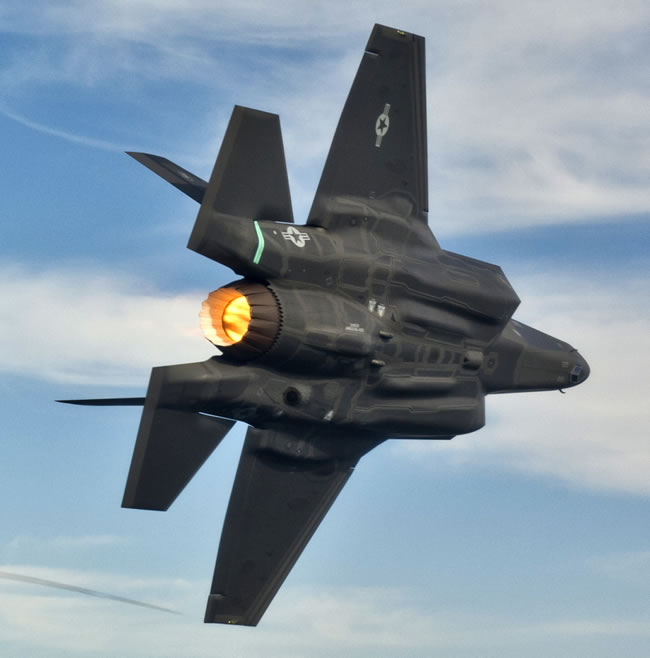
Updated November 24, 2014: Lockheed Martin has been awarded additional a $4,123 million contract, as a modification to the F-35 program, for the production of 43 F-35s under the eighth Low Rate Initial Production (LRIP Lot VIII) lot of the F-35 Lightning II aircraft. The acquisition includes 29 F-35A models, 10 Short Take Off/Vertical Landing (STOVL) F-35Bs and four carrier based C models.
The contract combines purchases of 19 F-35A aircraft for the U.S. Air Force ($1.7 billion), 7 for the Marine Corps (F-35B and C for $557 million) and three F-35C for the Navy ($491 million). It also include funds of $788 for the manufacturing of four F-35A for Italy and Norway and four F-35B for the UK. The contract also allocates $557 million for the production of six specially configured F-35As for Japan and Israel.
These amounts are not covering $793 million allocated to the procurement of F135 propulsion systems for those fighters, included in a previous contract awarded to Pratt & Whitney last month. Additional spending were included in long lead contracts worth $333 million awarded to Lockheed Martin last year, which bring the total cost of this lot to about $5.25 billion.
The lowest cost per aircraft will be paid by the US Air Foce, receiving 19 F-35A models, which are the least costly of the series. Despite the effort to reduce the aircraft cost below $100 million, the Air Force is paying no less than $111 per plane (including engines but excluding R&D).
The actual costs of the B and C models are not clearly defined in the Pentagon announcements, due to the mix of the two models’ propulsion and long lead procurements, under the Navy’s share.
The Pentagon claim that the current procurement reflects a cost reduction of 3.6 percent over LRIP VII and that more reductions will come into effect in the next batch of production, eventually bringing the aircraft cost down to around $90 million, which is comparable to current 4.5 generation fighters.
According to prime contractor Lockheed Martin, LRIP 8 contract terms continue to eliminate the government’s exposure to risk by having Lockheed Martin cover 100 percent of any cost overruns. “The government and Lockheed Martin will share returns derived from any underruns in target cost (20 percent for government and 80 percent for Lockheed Martin), the company announced. “The contract also includes a concurrency clause which requires Lockheed Martin to share costs equally with the government (50/50) for known concurrency changes arising from System Development and Demonstration testing and qualification. Newly discovered concurrency changes identified during the LRIP 8 production period will be authorized via engineering change proposals.” company spokesman commented.
The LRIP 8 contract contains performance-based payments, whereby the contractor will receive incremental payment as specified performance criteria are achieved along the production line until government aircraft acceptance.



















